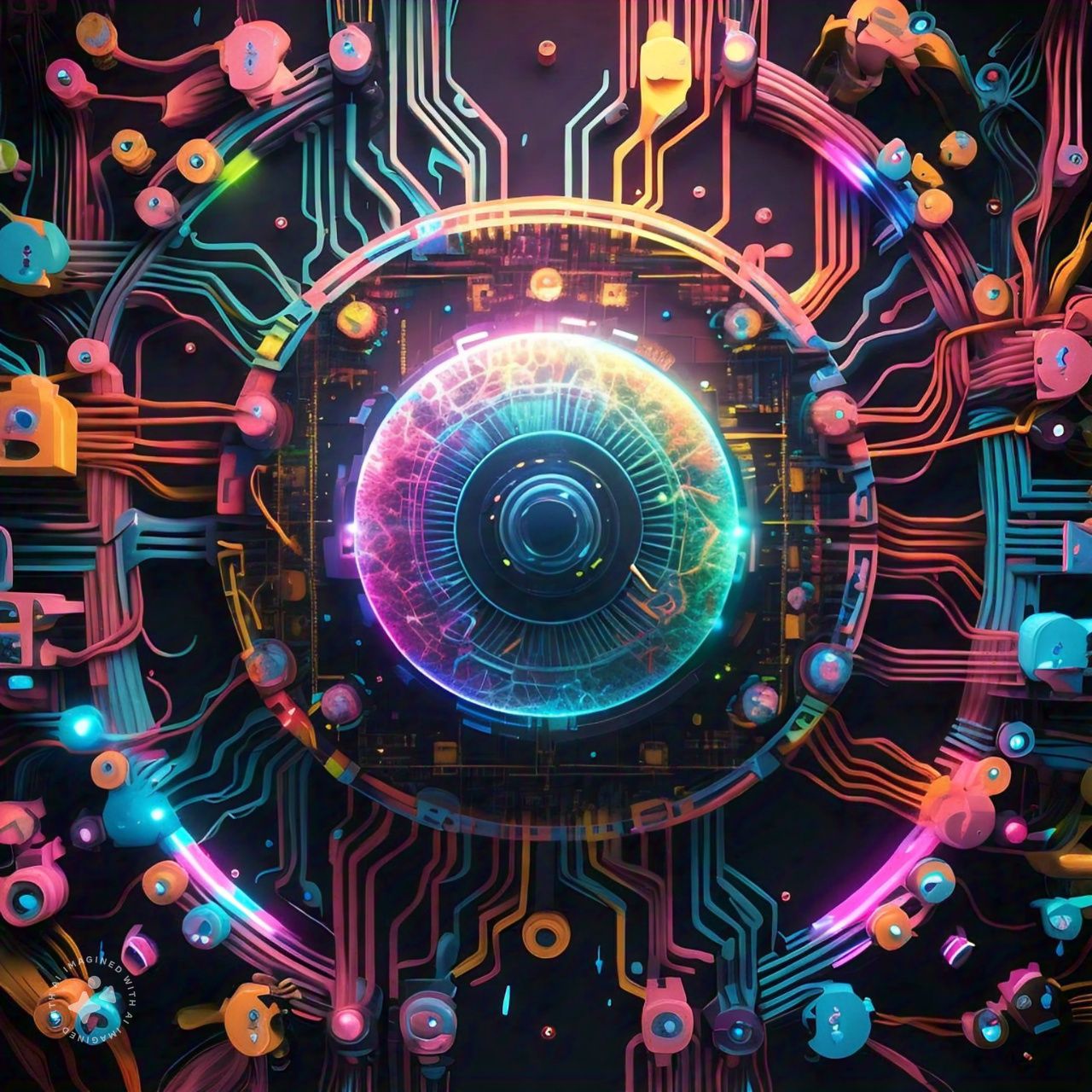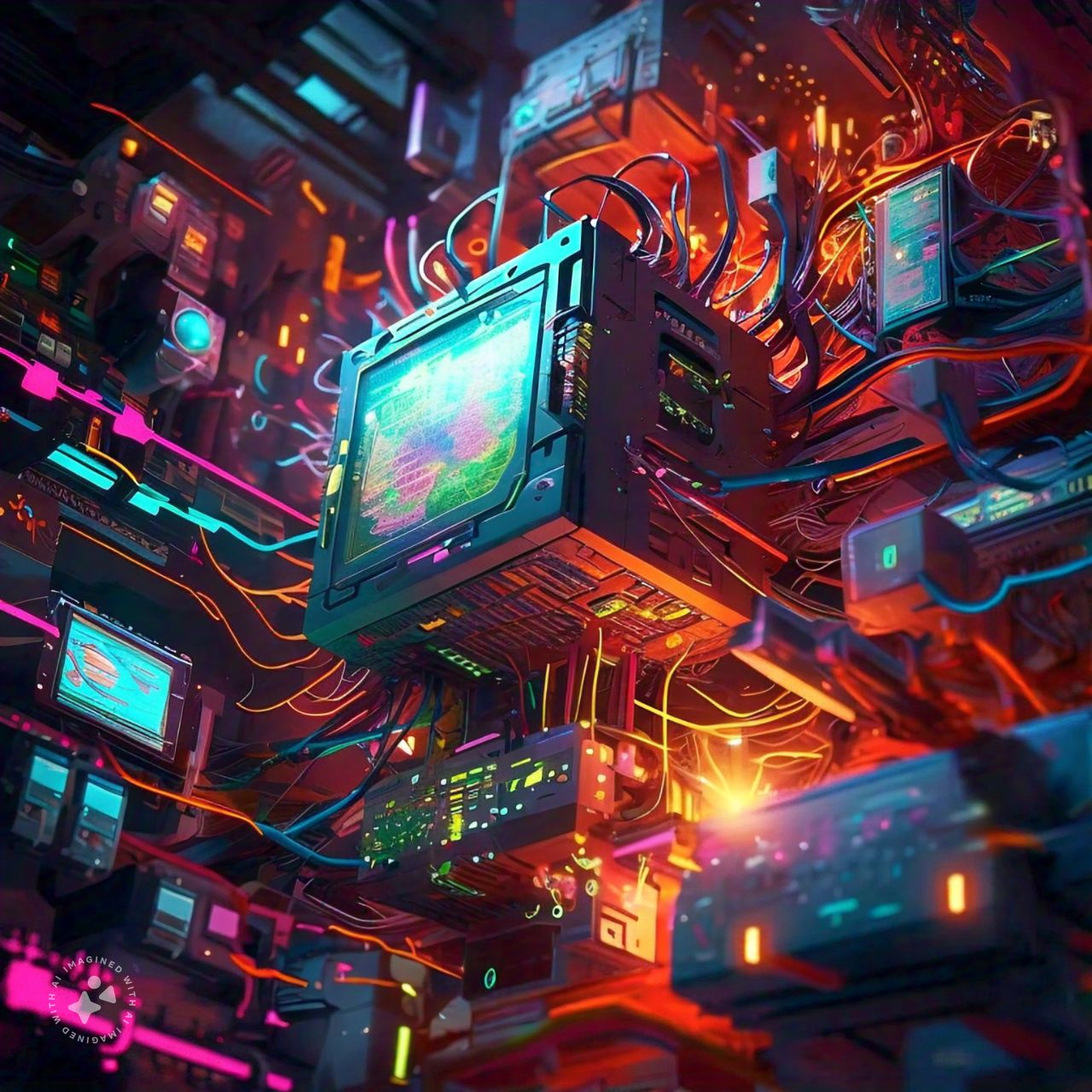The Internet, often termed the Information Superhighway, has transformed the way we live, work, and interact. It has created an expansive digital landscape where information, communication, and commerce flow seamlessly across borders. This vast digital domain, known as the Internet Zone, offers endless opportunities and poses unique challenges. This article delves into the multifaceted aspects of the Internet Zone, exploring its history, components, impact, and future.
The Birth and Evolution of the Internet
The Internet’s origins trace back to the 1960s, during the Cold War, when the U.S. Department of Defense initiated the ARPANET project. ARPANET was designed to ensure communication in the event of a nuclear attack, relying on a decentralized network structure. This project laid the groundwork for the modern Internet, emphasizing packet-switching technology, which allows data to be broken into packets and sent through various routes to its destination.
The 1990s marked a significant turning point with the advent of the World Wide Web, invented by Tim Berners-Lee. The Web introduced a user-friendly interface, enabling people to navigate the Internet easily. This period also saw the proliferation of web browsers, search engines, and the commercialization of the Internet, leading to the dot-com boom and bust.
The Components of the Internet Zone
The Internet Zone comprises several key components that work together to create a seamless digital experience:
- Infrastructure: The backbone of the Internet consists of a vast network of servers, routers, and data centers interconnected by fiber optic cables. This physical infrastructure enables data transmission at incredible speeds, facilitating real-time communication and data exchange.
- Protocols: Protocols such as TCP/IP (Transmission Control Protocol/Internet Protocol) govern how data is transmitted and received over the Internet. These protocols ensure that data packets reach their intended destinations accurately and efficiently.
- Services and Applications: The Internet hosts a myriad of services and applications, including email, social media, streaming platforms, and cloud computing. These services cater to various needs, from communication and entertainment to business and education.
- Content: The Internet is a vast repository of content, ranging from text and images to videos and interactive media. Websites, blogs, forums, and online libraries contribute to this rich tapestry of information.
The Impact of the Internet on Society
The Internet has profoundly impacted society, revolutionizing various aspects of daily life:
- Communication: The Internet has transformed communication, making it instantaneous and borderless. Email, instant messaging, and social media platforms enable people to connect with others worldwide. Video conferencing tools like Zoom and Skype have become essential for remote work and virtual meetings.
- Commerce: E-commerce has flourished in the Internet age, allowing businesses to reach a global customer base. Online marketplaces like Amazon, eBay, and Alibaba have revolutionized retail, while digital payment systems like PayPal and cryptocurrencies have changed how transactions are conducted.
- Education: The Internet has democratized education, providing access to vast knowledge and learning resources. Online courses, virtual classrooms, and educational platforms like Coursera and Khan Academy have made learning more accessible and flexible.
- Entertainment: The Internet has reshaped the entertainment industry, with streaming services like Netflix, YouTube, and Spotify offering on-demand access to movies, music, and shows. Social media platforms have also given rise to new forms of entertainment, such as viral videos and influencers.
- Information: The Internet is a treasure trove of information, enabling users to access news, research, and data from around the world. Search engines like Google have become indispensable tools for finding information quickly and efficiently.
Challenges in the Internet Zone
Despite its numerous benefits, the Internet Zone faces several challenges that need to be addressed:
- Privacy and Security: The vast amount of personal data shared online has raised concerns about privacy and security. Cyberattacks, data breaches, and identity theft are growing threats, necessitating robust cybersecurity measures and data protection regulations.
- Digital Divide: While the Internet has the potential to bridge gaps, it has also highlighted the digital divide. Access to high-speed Internet and digital literacy varies significantly across regions and socio-economic groups, creating disparities in opportunities and resources.
- Misinformation and Fake News: The rapid spread of information online has made it easier for misinformation and fake news to proliferate. This can lead to confusion, mistrust, and societal polarization, emphasizing the need for media literacy and fact-checking mechanisms.
- Internet Governance: The decentralized nature of the Internet poses challenges in governance and regulation. Balancing freedom of expression with the need for accountability, addressing issues like net neutrality, and managing the global nature of the Internet require collaborative efforts from governments, organizations, and stakeholders.
The Future of the Internet Zone
The Internet Zone is continually evolving, driven by advancements in technology and changing user needs. Several trends and developments are shaping its future:
- 5G and Beyond: The rollout of 5G networks promises faster and more reliable Internet connectivity, enabling innovations like the Internet of Things (IoT), augmented reality (AR), and virtual reality (VR). These technologies have the potential to transform industries and create new experiences for users.
- Artificial Intelligence (AI): AI is becoming increasingly integrated into the Internet Zone, powering search engines, recommendation systems, and chatbots. AI-driven analytics and automation are enhancing user experiences and optimizing business operations.
- Blockchain Technology: Blockchain offers decentralized and secure solutions for various online activities, including transactions, data storage, and identity verification. It has the potential to revolutionize industries such as finance, supply chain, and healthcare.
- Sustainable Internet: As the Internet’s energy consumption grows, there is a push towards creating a more sustainable digital ecosystem. Green data centers, energy-efficient technologies, and sustainable practices are essential for reducing the environmental impact of the Internet.
- Digital Inclusion: Efforts to bridge the digital divide are crucial for ensuring equitable access to the Internet. Initiatives to expand Internet infrastructure in underserved areas, promote digital literacy, and provide affordable connectivity are vital for fostering inclusivity and opportunity.
Conclusion
The Internet Zone is a dynamic and ever-expanding digital landscape that has reshaped the world in unprecedented ways. From its humble beginnings as a military communication network to its current status as a global information hub, the Internet has revolutionized communication, commerce, education, and entertainment. However, it also faces significant challenges that require collective efforts to address. As we look to the future, the continued evolution of the Internet Zone holds promise for further innovation, connectivity, and societal progress. By embracing advancements and addressing challenges, we can harness the full potential of the Internet to create a more connected, informed, and inclusive world.



